Unleashing Terror: The 9 Largest Volcanic Eruptions in History
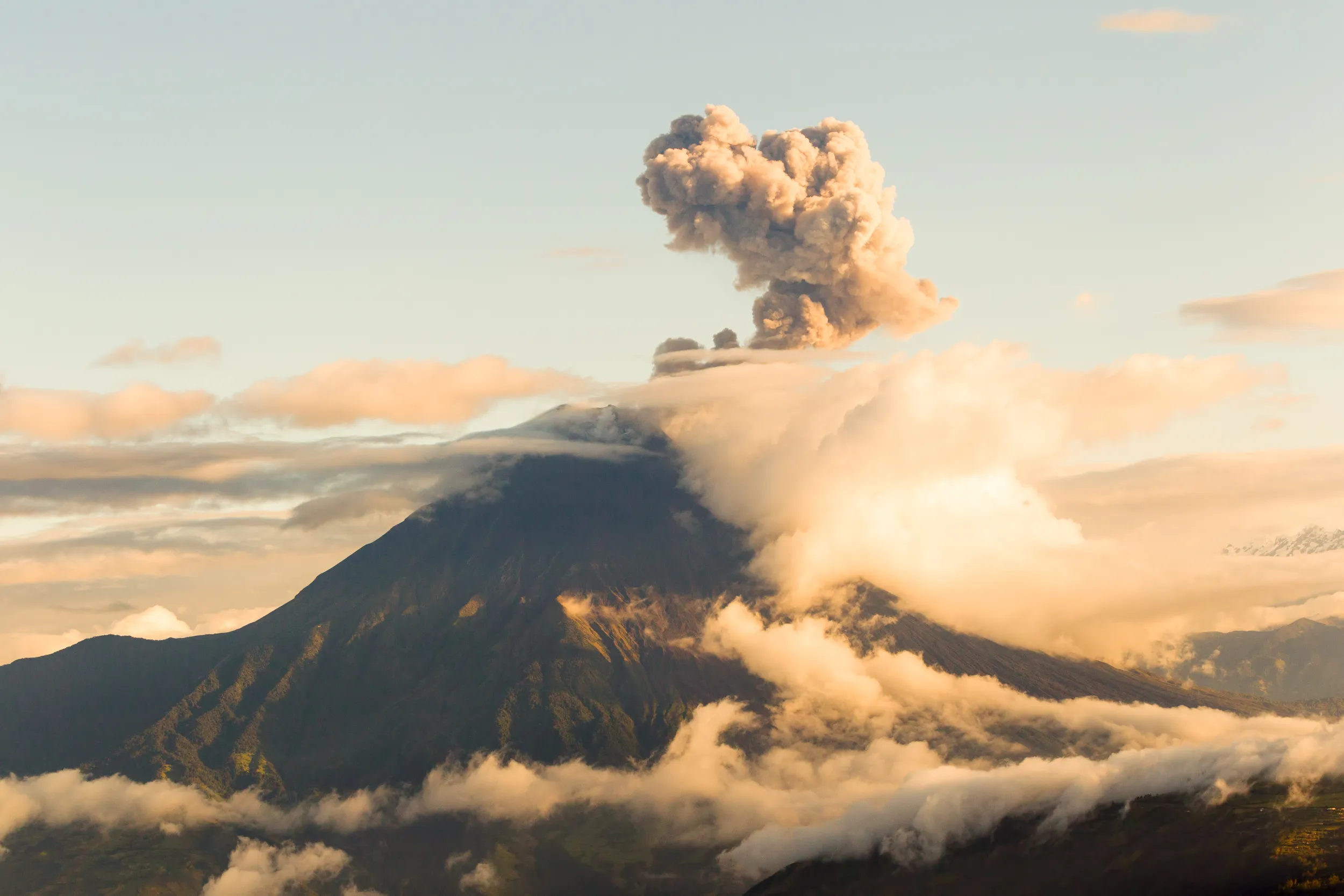
Updated On: November 09, 2023 by Raghda Elsabbagh
When nature is furious, it unleashes terror! And that’s usually displayed in the form of natural disasters, which have a terrifying ability to reshape our world in an instant. Volcanic eruptions comprise 20% of natural disasters and have been the Earth’s way of expressing its inner fire since time immemorial. Some volcanic eruptions, compared to all others, stand out in history as colossal cataclysms that shook the world and left an indelible mark on the planet and human civilisation.
So we’ll first enlighten you with some facts about volcanoes and then travel back in time to the largest volcanic eruptions in history. Buckle up and get ready to be mesmerised and terrorised in an Indiana Jones sort of adventure!
How do Volcanoes Form?
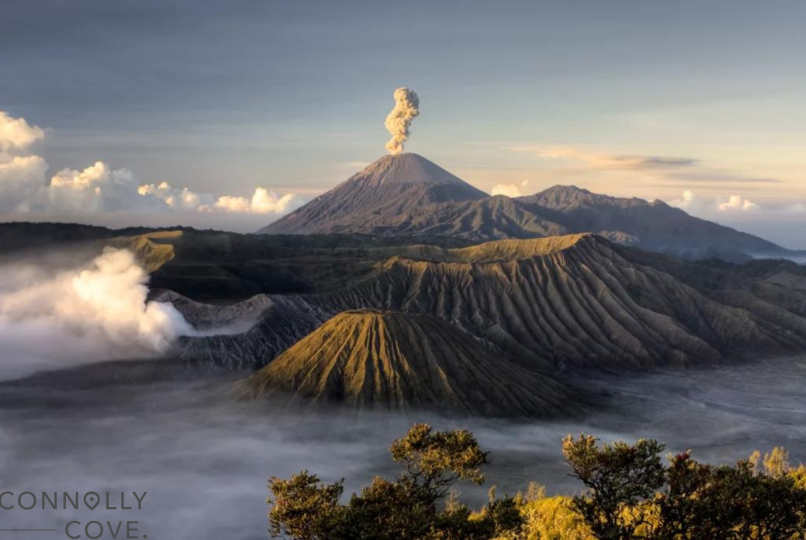
Volcanoes are born from the Earth’s inner depths. They form when gas-rich magma (molten underground rock) rises from deep within the Earth’s mantle towards its surface. Magma finds its way through weak points in the Earth’s crust, such as cracks, openings, or tectonic plate boundaries, creating volcanic vents.
Volcanic Eruptions Through the Eyes of Survivors
Of course, we have all seen volcanic eruptions in documentaries, on flashing news, on YouTube—all behind screens. But have you ever thought about what it is like to be in the place of someone who calls the shadow of a volcano home? How do they experience a volcanic eruption?
It begins with a gathering intensity beneath the ground as molten rock, gas, and superheated materials surge upwards through cracks and chambers within the Earth’s crust. As pressure builds, the Earth trembles and rumbles beneath your feet, and the very atmosphere seems to hold its breath, foretelling the approaching cataclysm. Then, with an explosive force that can rival the mightiest of man-made explosions, the volcano erupts.
An outburst of ash and gases shoots skyward, forming a dark cloud carried by the winds. You feel the heat warming up your body and fills your lungs. Lava, molten rock glowing with intense heat, surges explosively from the vent, forming fiery fountains flooding the surroundings. As the lava rivers crackle and carve their path down the slopes, they harden and turn black on the surface.
As the eruption progresses, pyroclastic flows—fast-moving currents of hot gas, ash, and volcanic rocks—cascade down the slopes at astonishing speeds, obliterating everything in their path. These flows are often the most deadly aspects of volcanic eruptions, moving faster than people can escape.
Types of Volcanoes
Geologists categorise volcanoes into four common types depending on their shapes and the unique ways they erupt. The types include shield volcanoes, stratovolcanoes (also known as composite volcanoes), cinder cone volcanoes, and lava domes. Shield volcanoes, like Mauna Loa in Hawaii, are broad and gently sloping, while stratovolcanoes, such as Mount Fuji in Japan, have steep, conical shapes.
Underwater Volcanoes also Exist!
While we often associate volcanoes with terrestrial landscapes, many are hidden beneath the ocean’s surface. Submarine volcanoes are found on the ocean floor, releasing magma and shaping the underwater topography.
Explosive vs. Effusive Eruptions: The Sizzling Chemistry of Magma!
The types of volcanic eruptions depend on the kind of magma released and the gases involved. Explosive eruptions occur when highly viscous magma traps gas bubbles, resulting in violent explosions. Effusive eruptions, on the other hand, involve low-viscosity magma that flows relatively calmly, often leading to lava fountains or lava flows.
The Pacific Ring of Fire
Approximately 75% of the Earth’s active volcanoes sit in the Pacific Ring of Fire, a horseshoe-shaped belt around the Pacific Ocean. The ring passes through Japan, Indonesia, the Philippines, and the western coasts of North and South America. This area is a hotspot for volcanic activity that keeps geologists and volcanologists always on their toes.
The 9 Largest Volcanic Eruptions in Human History
Now, let’s take a good look at the volcanic eruptions that struck the world since the beginning of time.
1. Mount Tambora, Sumbawa Island, Indonesia—April 1815
Let’s first journey with you back in time to 1816. Things weren’t really pretty back then. Great Britain and the USA had just been slowly recovering from the devastating 1812 War. However, nature had a nasty surprise for them and the rest of the world. Europe, the UK, and the USA were unusually cold, foggy, and wet, experiencing frosts, odd-coloured snowfalls, and heavy rains all year long. It was so dark and icy cold even in summer that 1816 became infamously known as the “Year Without a Summer”.
This led to floods, crop failures, death of livestock, widespread food shortages, and increased prices of essential commodities—for instance, the price of grains quadrupled in Switzerland. The whole region, from China all the way to Europe, the UK, and the USA, was plagued with famine—the worst famine in the 19th century. To make things even worse, a typhus outbreak spread across Europe. China was already facing internal political conflicts, and climatic anomalies and reduced agricultural productivity further aggravated the problems.
Riots and social unrest prevailed in different parts of the world, exacerbating the existing political and social tensions and economic challenges in many countries. Imagine living in such a world; how terrifying! We are truly fortunate we didn’t exist back then.
No one could have guessed that the actual source of the world’s series of unfortunate events occurred more than a century ago, in 1815, thousands of kilometres away, and the world is just living the consequences. The culprit was Mount Tambora on Indonesian Sumbawa Island. It erupted in 1815 and is considered the most powerful and devastating volcanic eruption in “recorded” history.
Mount Tambora’s volcanic eruption lasted several days, reaching a Volcanic Explosivity Index (VEI) 7. Similar to the Richter earthquake scale, the intensity of a volcanic eruption is measured using the VEI, which ranks volcanic explosions on a scale of 1 to 8, with 1 representing a gentle lava release and 8 signifying an immensely colossal explosion.
The volcano violently ejected approximately 160 – 180 cubic kilometres of pyroclastic flow that engulfed everything in its path and buried entire villages. Upon entering the ocean, the pyroclastic flow led to the creation of a series of tsunamis. This amount of erupted material was much more significant than that of any ordinary volcano, so it is today categorised as a supervolcano.
It is a common misconception that we think that the destruction of volcanic eruptions mainly arises from the lava flooding the surroundings. However, the ashes, aerosols, and sulphur dioxide released during the volcanic eruption that linger in the air afterwards cause far more devastating consequences than the lava itself. These particles mask the sun’s rays and reflect them back into space, thus causing a severe atmospheric cooling—a 15 degrees Celsius drop in Earth’s temperature.
This resulting temperature drop, known as the volcanic winter that occurred after Mount Tambora’s volcanic eruption, led to global crop failures, famine, and social and economic disruptions far beyond Indonesia’s shores. It claimed the lives of at least 71,000 people directly from the eruption or subsequent famine and disease outbreaks.
2. Yellowstone, U.S.—640,000-plus Years Ago
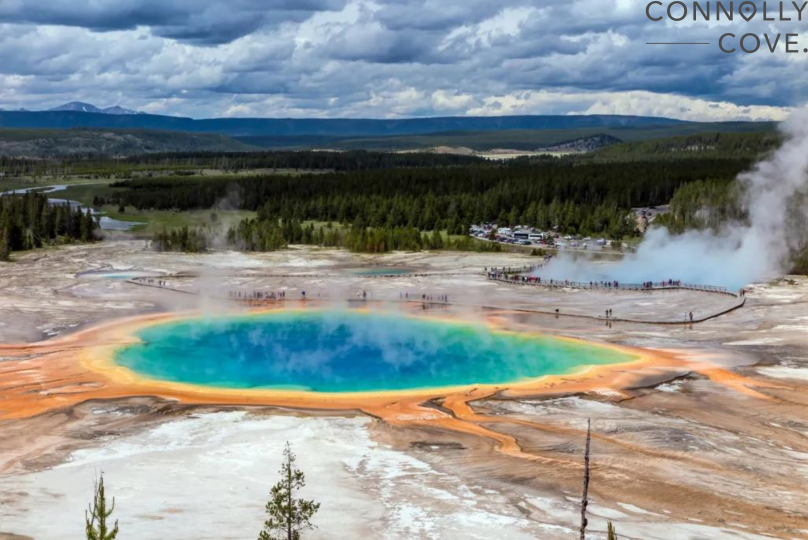
Humans may not have witnessed the entirety of Earth’s volcanic history; however, traces that they once occurred still exist. We can find evidence of one of the planet’s oldest supervolcanoes at Yellowstone National Park in the USA.
Yellowstone underwent at least three VEI-8-rated eruptions in its history—approximately 2.1 million, 1.2 million, and 640 thousand years ago. A supervolcano eruption, graded VEI of 8 (the highest rating on the scale), is anticipated to have released over 400 kilometres of molten rock, surpassing any volcanic eruption documented by humans. The eruption covered extensive areas of North America‘s western regions with nearly two meters of ash and rock. The winds dispersed ash and sulphur across the globe, causing shifts in global temperatures.
Those explosive eruptions, which occurred millions and thousands of years ago, formed what is known today as the Yellowstone active volcanic caldera, an enormous volcanic crater. While Yellowstone remains an active hotspot, the National Park Service indicates that another catastrophic eruption event is unlikely to happen within the coming several centuries. Today, Yellowstone features thermal pools, geysers, mud pots, and other geothermal activities.
3. Toba Supereruption, Sumatra, Indonesia—Approximately 74,000 Years Ago
Even though The Toba supereruption is believed to be the largest volcanic eruption in the last 2.5 million years, with a VEI of 8. This colossal event ejected an estimated 2,800 cubic kilometres of volcanic material into the atmosphere, creating a massive caldera that we now know as Lake Toba.
The volcanic ash and aerosols released during the Toba eruption created droplets of sulfuric acid that obscured the sunlight, leading to a volcanic winter that impacted the planet for years, contributing to a 1,000-year-long cooling episode.
It was even predicted that the Toba eruption cooled the Earth so much, initiating the Ice Age that, interestingly, also occurred 2.5 million years ago! What a coincidence! It also disrupted natural cycles and annihilated the plant life on which other organisms, including humans, depend, thus nearly causing the extinction of humans. Some scientists even theorised that this eruption might have played a role in shaping early human migration patterns.
Fortunately, data currently shows that we are safe against any supervolcanic eruption occurring in the next 1000 years.
4. Mount Krakatoa, Krakatau, Indonesia—August 1883
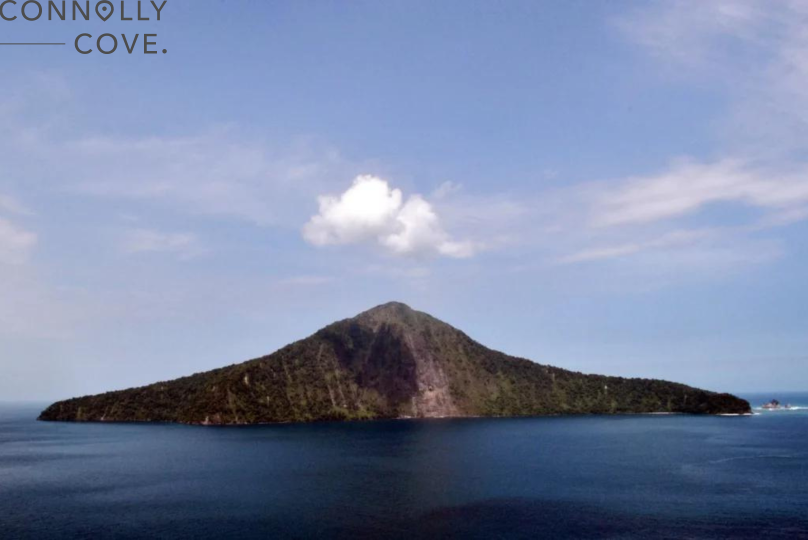
Mount Krakatoa’s eruption in 1883 was another devastating event in Indonesia’s volcanic history. The volcano generated a series of massive explosions and ended in a cataclysmic explosion that reached a VEI of 6.
Krakatoa’s eruption was so loud that it was heard over 4,800 kilometres away in places like Australia and Rodrigues Island. The force of the eruption was more powerful than the largest bomb humans ever exploded. The eruption created a series of colossal tsunamis that reached heights of up to 37 metres. This resulted in a substantial collapse of the volcanic island and the death of approximately 36,000 people.
The explosion created massive ash clouds that affected the global climate, causing unusually vivid sunsets around the world. It was immortalised in famous paintings, like Edvard Munch’s The Scream. Today, Krakatoa remains an active volcano.
5. Mount St. Helens, Washington, United States—18 May 1980
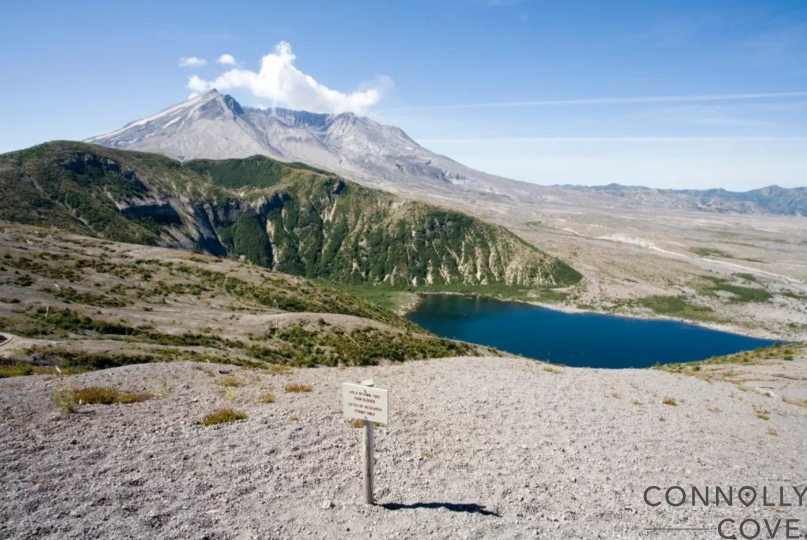
Although not as large as the previous examples, the eruption of Mount St. Helens is still a remarkable event in the history of the US. That’s because Mount St. Helens had been dormant for over a century before its eruption in 1980. Even though its eruption was predicted two months beforehand, due to the ground shaking and earthquakes that occurred frequently in the region, officials were ill-prepared for the event’s magnitude.
The VEI-5 volcanic eruption resulted in a massive landslide that blew off the entire top part of the volcano. The ash and debris from the eruption were deposited over 11 states in the United States, causing widespread destruction in the surrounding forests, lakes, and rivers and damage to crops and livestock. The eruption also triggered volcanic mudflows that damaged infrastructure and buildings, leading to the loss of 57 lives.
Mount St. Helens, currently an active volcano, is a significant reminder of the importance of continuous monitoring and being one step ahead, even in regions with dormant volcanoes.
6. Mount Vesuvius, Italy—AD 79
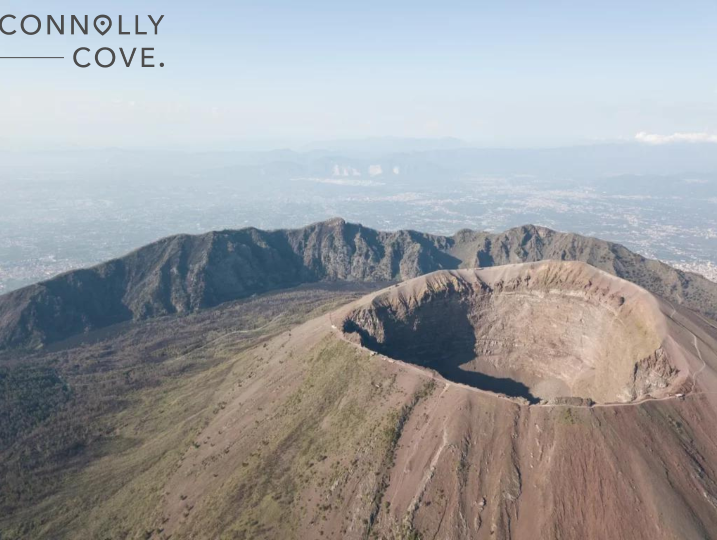
Mount Vesuvius’s eruption in AD 79 is one of the most infamous volcanic eruptions in history. Even though it erupted several times in history, it is best known for wiping out the ancient Roman cities of Pompeii and Herculaneum, killing 16,000 people. The eruption was Plinian-type, characterised by a towering umbrella-shaped eruption column and pyroclastic flows ascending to 45 kilometres into the stratosphere.
The cities of Pompeii and Herculaneum were buried under layers of ash, stone, and pumice, preserving the town and its inhabitants’ tragic fate for centuries. In 1595, excavations at Pompeii provided invaluable insights into ancient Roman life and culture, making it one of the world’s most important archaeological sites. Intriguingly, Mount Vesuvius is still active and could erupt again.
7. Novarupta, Alaska, United States—June 1912
The eruption of Novarupta in Alaska is considered the most powerful eruption of the 20th century, with a VEI of 6. The eruption was a part of the larger Katmai volcanic eruption, and it produced an eruption column that reached heights of up to 32 kilometres.
The ash fallout from the Novarupta eruption covered an area of about 4,800 square kilometres, causing a temporary cooling effect. The eruption also formed the Valley of Ten Thousand Smokes, a region with thousands of fumaroles and steam vents that has become a unique geological site.
8. Mount Pinatubo, Philippines—June 1991

Mount Pinatubo’s eruption in 1991 is considered the second-largest eruption of the 20th century of a VEI of 6, after six centuries of being dormant. It produced an eruption column that rose 35 kilometres into the air.
While 722 were killed, the eruption caused extensive destruction and evacuated over 200,000 people. The ash cloud and aerosols ejected into the atmosphere buried villages and towns. The tons of sulphur dioxide released affected global weather patterns, causing noticeable reductions in global temperatures for several years. Mount Pinatubo is still an active volcano that is continuously monitored for potential volcanic activity.
9. Laki, Iceland—1783
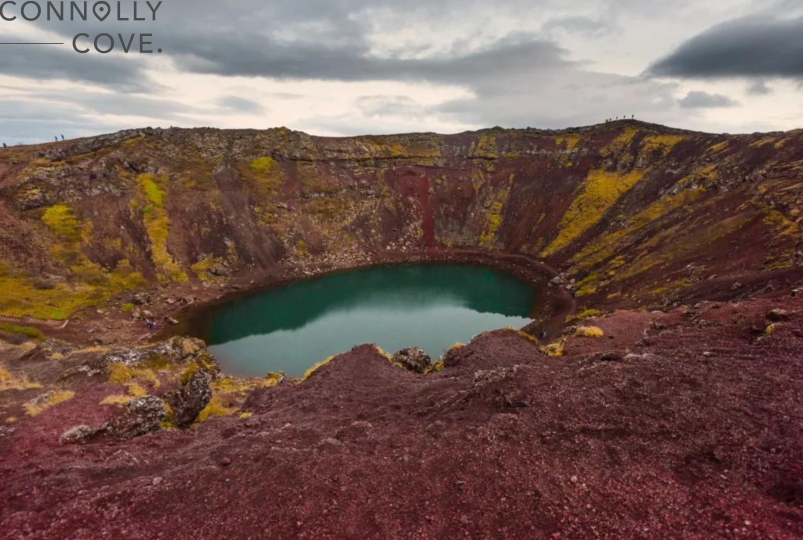
The eruption at Laki in 1783 is acknowledged as one of the deadliest and most catastrophic volcanic events in history, even though it was a VEI of 4. This eruption brought devastating consequences that resonated across the globe for years beyond the event itself.
Situated in Iceland, the eruption commenced on 8 June 1783. It persisted for a span of 8 months, discharging approximately 14 cubic kilometres of molten lava and over 100 million tons of sulphur dioxide gas. Sulphur dioxide gas triggered a substantial cooling of the atmosphere, leading to a decline in worldwide temperatures and alterations in weather patterns. Furthermore, the emission of ash and gases brought about acid rain, which contaminated crops and claimed the lives of 60% of Iceland’s grazing livestock.
Of course, this led to famine and disease outbreaks across Europe for years; many historians even speculated that this is what sparked the French Revolution in 1789. The eruption sadly claimed the lives of approximately a quarter of Iceland’s population. As it advanced southwards, it led to the death of 23,000 more people in Britain and provoked a famine in Egypt.
Benefits and Risks—The Dual Nature of Volcanic Eruptions!
Volcanic eruptions have a silver lining, quite literally! Volcanic soil, known as volcanic ash or tephra, is incredibly fertile and rich in essential minerals, making it perfect for farming. This nutrient-rich soil supports lush vegetation and has made volcanic regions like the Hawaiian Islands highly productive and fertile for agriculture.
However, communities living close to a volcano can be significantly impacted by eruptions in various ways. The effects range from immediate dangers during the eruption itself to long-term consequences that can reshape their lives and surroundings. Lahars (mudflows) and rivers of molten lava can destroy structures, forests, and farmland, altering the landscape irreversibly. Falling debris, such as volcanic bombs and rocks, can cause damage and injury.
Suffocating ash clouds and toxic volcanic gases can cause respiratory problems, particularly for vulnerable populations. Crops get buried in ashes, water sources get contaminated, and animals get poisoned with chemicals. Economies can get devastated, with costs reaching up to $7.6 billion annually due to damaged infrastructure and loss of people’s incomes in the affected areas.
While shockingly terrorising, humans have always been resilient in the face of these powerful, untamable natural forces. They have adapted to coexist with volcanoes, relying on early detection and monitoring systems that predict potential volcanic eruptions so that they can evacuate in advance.







This is a fascinating article that provides a comprehensive overview of the largest volcanic eruptions in history. It is intriguing to learn about the devastating impact that these eruptions had on the planet, including the way they altered the climate and affected human populations. The article also highlights the importance of understanding these events in order to better prepare for future volcanic activity. Overall, this is an informative and engaging read for anyone interested in geology or natural disasters.